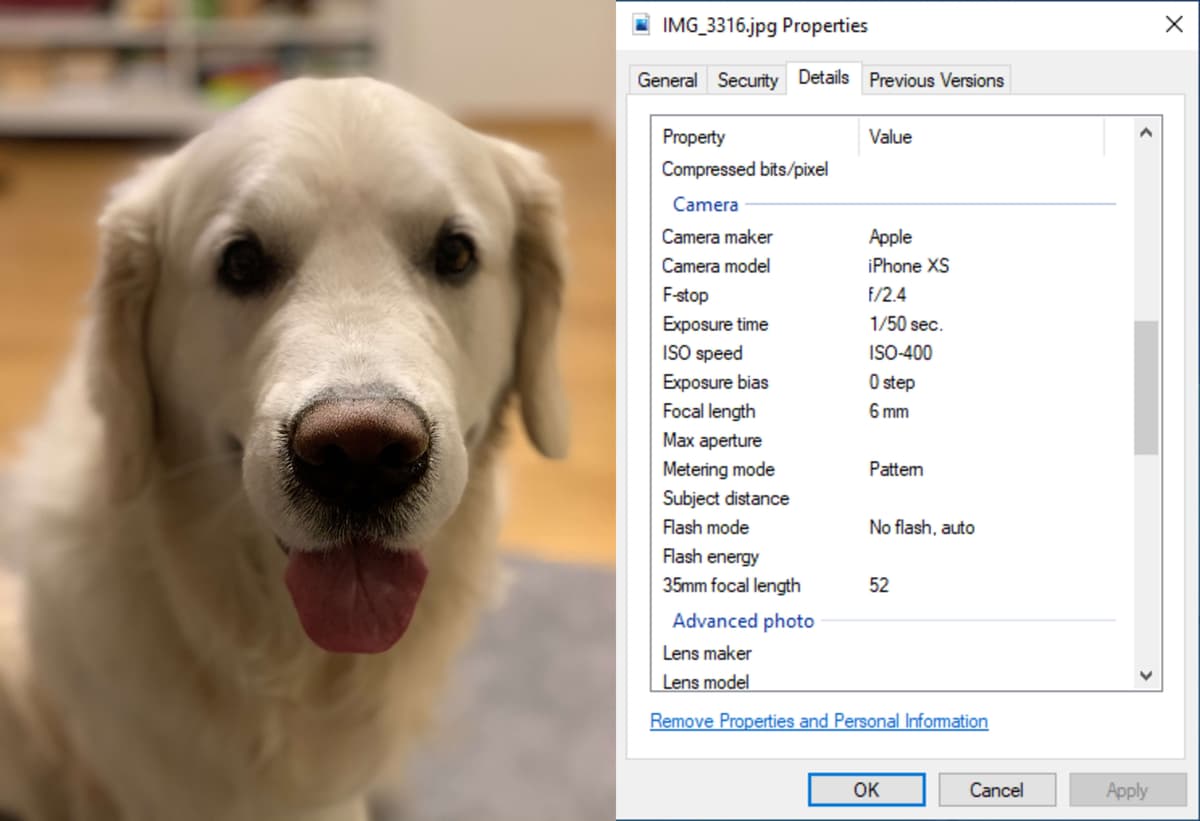How to Create Engaging Faceless YouTube Videos: Tips and Techniques

Creating engaging content is key to building a loyal audience and driving channel growth. Faceless YouTube channels, where creators don't appear on camera, have become increasingly popular. These channels allow for creativity without the need for personal appearance, which can be particularly appealing for those who prefer to remain anonymous. However, creating engaging faceless content requires careful planning and execution. Here are some tips and techniques to help you create captivating faceless YouTube videos.
Choosing the Right Niche
The first step in creating a successful faceless YouTube channel is selecting the right niche. Some niches naturally lend themselves to faceless content, such as animation, gaming, tutorials, finance, and technology. It's important to choose a niche that not only interests you but also has a demand for faceless content. Research popular faceless channels within your chosen niche to identify trends and gaps you can fill with your unique perspective.
Planning Your Content
Storyboarding and Scripting
Detailed planning is crucial for maintaining engagement in your videos. Start by storyboarding your ideas to visualize the structure and flow of your video. Storyboarding tools like Storyboard That or even simple pen and paper can be effective for this purpose. Once you have a clear idea of your video's structure, write a script that outlines the key points you want to cover. A well-crafted script ensures you stay on topic and deliver your content in a logical, engaging manner.
Research and Preparation
Conducting thorough research is essential to create accurate and valuable content. Verify the information you plan to present using reliable sources. For visual content, use Reverse image search to check the authenticity of images and avoid any copyright issues. This step helps maintain the credibility of your channel and builds trust with your audience.
High-Quality Visuals
Using Stock Footage and Images
High-quality visuals are a must for engaging YouTube videos. If you don't have original footage, consider using stock footage and images. Websites like Pexels, Unsplash, and Shutterstock offer a vast library of high-quality visuals that you can incorporate into your videos. When using stock visuals, ensure they align with your content and enhance the viewer's understanding of the topic.
Creating Custom Graphics and Animations
Custom graphics and animations can make your videos more dynamic and visually appealing. Tools like Adobe After Effects, Canva, and Blender allow you to create professional-grade graphics and animations even if you're not an expert. Animated elements can highlight key points, explain complex concepts, and keep your audience engaged throughout the video.
Engaging Voiceovers
Recording High-Quality Audio
Clear and professional-sounding voiceovers are critical for maintaining viewer interest. Invest in a good-quality microphone and record in a quiet environment to minimize background noise. Consider using a pop filter to reduce plosive sounds and a soundproofing setup to improve audio clarity. Clear audio helps convey your message effectively and keeps viewers from clicking away due to poor sound quality.
Scriptwriting for Voiceovers
Writing a script for your voiceovers can help ensure a smooth and engaging delivery. Keep your script conversational to maintain a natural tone. Practice reading it out loud to find a rhythm that sounds engaging and authentic. Avoid monotonous delivery by varying your pitch and pace to keep the audience interested.
Utilizing Music and Sound Effects
Selecting the Right Music
Music sets the tone for your video and enhances the viewer's experience. Choose music that complements the mood and content of your video. For instance, upbeat music works well for energetic and fun content, while softer music is better suited for serious or emotional topics.
Ensure you have the rights to use the music, and consider royalty-free music libraries like Epidemic Sound or YouTube’s own audio library.
Incorporating Sound Effects
Sound effects can add depth and realism to your videos. They help emphasize actions and transitions, making your content more immersive. Use sound effects sparingly and appropriately to avoid overwhelming your audience. Free sound effect libraries like Freesound or SoundBible provide a variety of effects you can use to enhance your videos.
Editing Techniques
Smooth Transitions and Cuts
Smooth transitions and cuts are essential for maintaining the flow of your video. Abrupt transitions can be jarring and disrupt the viewer's experience. Use standard transitions like cuts, fades, and dissolves to keep the video moving smoothly. Consistency in transition styles helps maintain a professional look and feel.
Adding Subtitles and Captions
Enhancing Accessibility
Adding subtitles and captions makes your videos accessible to a wider audience, including those with hearing impairments and non-native speakers. Tools like YouTube’s automatic captioning can help create subtitles, but always review and edit them for accuracy. Clear and accurate captions improve viewer comprehension and retention.
SEO Benefits
Subtitles and captions also enhance your video’s SEO. Search engines can index this text, improving your video's visibility and ranking. This can lead to more organic views and a larger audience, making it a valuable addition to your editing process.
Leveraging Interactive Elements
Using YouTube Cards and End Screens
Interactive elements like YouTube cards and end screens encourage viewer engagement. Use cards to link to related videos, playlists, or external websites. End screens can promote your channel, highlight other videos, or encourage subscriptions. Strategically placing these elements keeps viewers engaged with your content and guides them to explore more of your channel.
Engaging with Viewers Through Comments and Social Media
Building a community around your channel involves engaging with viewers beyond your videos. Respond to comments, ask for feedback, and use social media platforms to interact with your audience. This engagement fosters a loyal community and encourages viewers to return for more content.
Analyzing and Iterating
Using Analytics to Understand Viewer Behavior
YouTube Analytics is a powerful tool for understanding how viewers interact with your videos. Pay attention to metrics like watch time, audience retention, and engagement rates. Analyzing this data helps you identify what works and what doesn’t, allowing you to refine your content strategy.
Continuous Improvement
Iterate based on feedback and performance data. Stay updated with trends in your niche and adjust your content accordingly. Continuous improvement is key to maintaining relevance and growing your channel.
Conclusion
Creating engaging faceless YouTube videos requires a blend of creativity, technical skill, and audience understanding. By planning your content, using high-quality visuals and audio, incorporating engaging elements, and continually iterating based on feedback and analytics, you can create videos that captivate and retain your audience. Implement these tips and techniques, and watch your faceless YouTube channel grow and thrive.
Latest Blog Posts

Reverse image search - things you should know
Dive into the intriguing world of reverse image search. This guide illuminates its mechanics, benefits, and myriad applications. Learn how it empowers digital investigation, from validating image origins to discovering visually similar content.

EXIF Data: Understanding, Finding, Using, and Removing It
EXIF is the data from camera settings stored in an image file. This data includes settings like shutter speed, max aperture, ISO, white balance, camera model and make, flash mode, metering mode, focal length, and more.
How to Reverse Image Search on iPhone?
Reverse image search is a valuable tool for finding the original source of an image, verifying its authenticity, or discovering similar images. This article will walk you through the process of performing a reverse image search on your iPhone.
Why Copyseeker still the best reverse image search engine?
As the landscape of reverse image search engines continues to evolve, one platform consistently outshines its competitors – Copyseeker. In 2022, it was recognized as the best, and it has only upped its game since then.